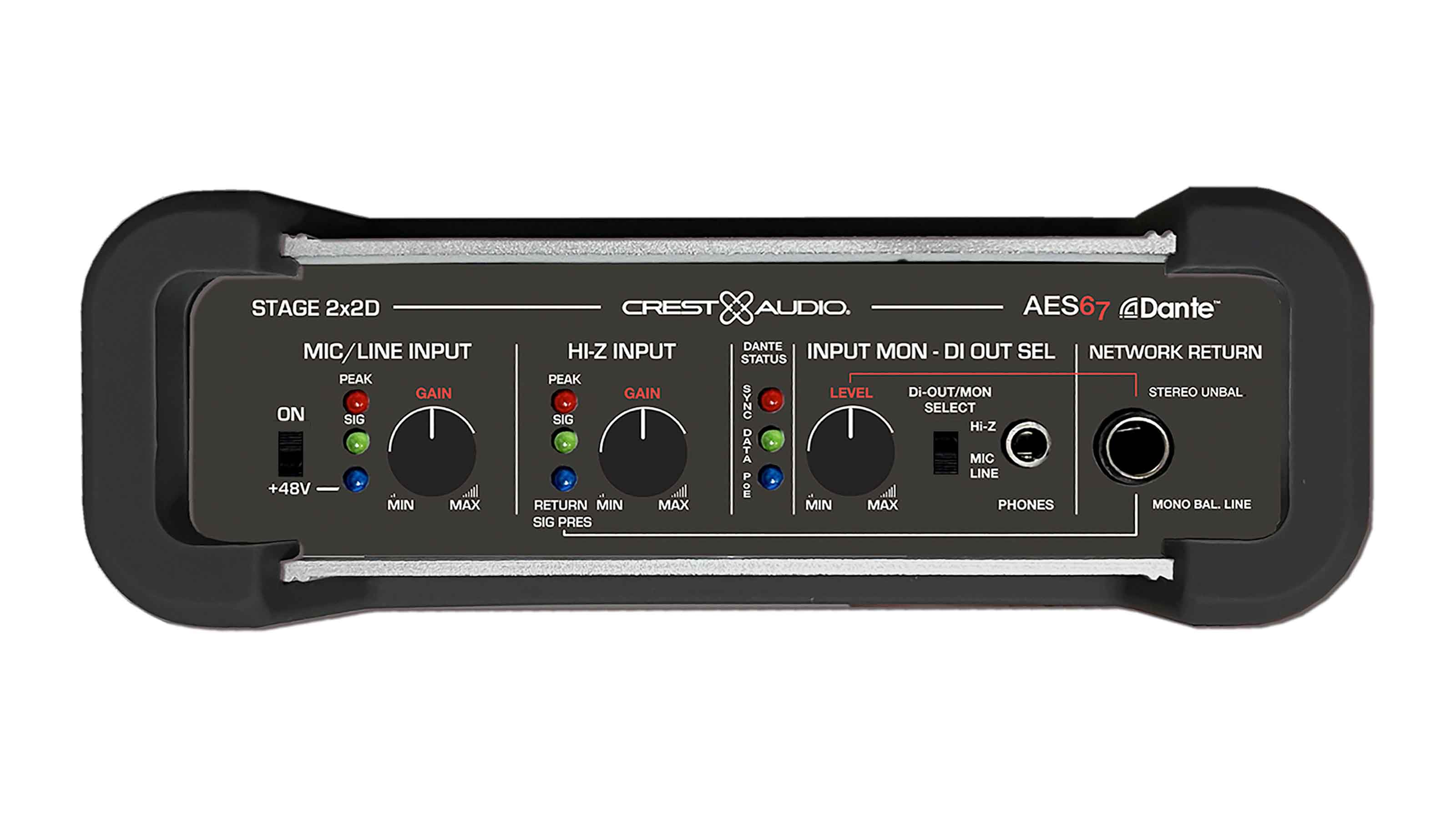DisplaySearch Study Highlights Consumer TV Usage
Santa Clara, CA--DisplaySearch recently released its Global TV Replacement Study examining consumer TV replacement cycles around the globe. The report also indicates how TVs are being used by consumers and identifies their alternate means for watching TV content.
“Through our research to learn more about TV replacement cycles around the globe, we found interesting characteristics of consumer behavior in TV usage habits, including where consumers put their TVs, how big the TVs are, whether they are connected to cable, satellite or antenna and what other devices might be used for watching video,” said Paul Gagnon, DisplaySearch director of North America TV research. “This data can serve as a valuable tool for stakeholders across the TV supply chain.”
According to the report, the primary TV in households, regardless of region, is mostly found in the living room. This TV is usually the largest in the home too, reflecting the communal nature of watching TV. In addition, the head of household bedroom, also known as the master bedroom in some countries, is the main location for the second TV in the home. Despite this, in some countries — such as Italy, India, Turkey, and Russia — there is a fairly high incidence of TVs in rooms where people tend to congregate, like kitchens and dining rooms. This is especially true of households with higher numbers of occupants, sometimes multi-generational, where some viewers are watching different programming simultaneously.
The report also provides analysis of how consumers are watching TV, finding that it varies greatly by country. Only the U.S., Mexico, India, and China had a strong preference for cable as the source for TV programming, while antenna was a preferred source of broadcasting by consumers in the UK, Japan, Italy, Indonesia, and France. This is likely due to a lack of affordable or quality cable or satellite services, and also a preference for free programing.
Many consumers are starting to use non-traditional mediums for viewing TV or video programing, mostly via the Internet. PCs, both desktops and notebooks, were the primary devices used for watching video content aside from the TV. This was the case for at least 40 percent of consumers in every country, but substantially higher in some countries, like urban China, Indonesia, Russia and Turkey.
A daily selection of the top stories for AV integrators, resellers and consultants. Sign up below.
The AVNetwork staff are storytellers focused on the professional audiovisual and technology industry. Their mission is to keep readers up-to-date on the latest AV/IT industry and product news, emerging trends, and inspiring installations.
